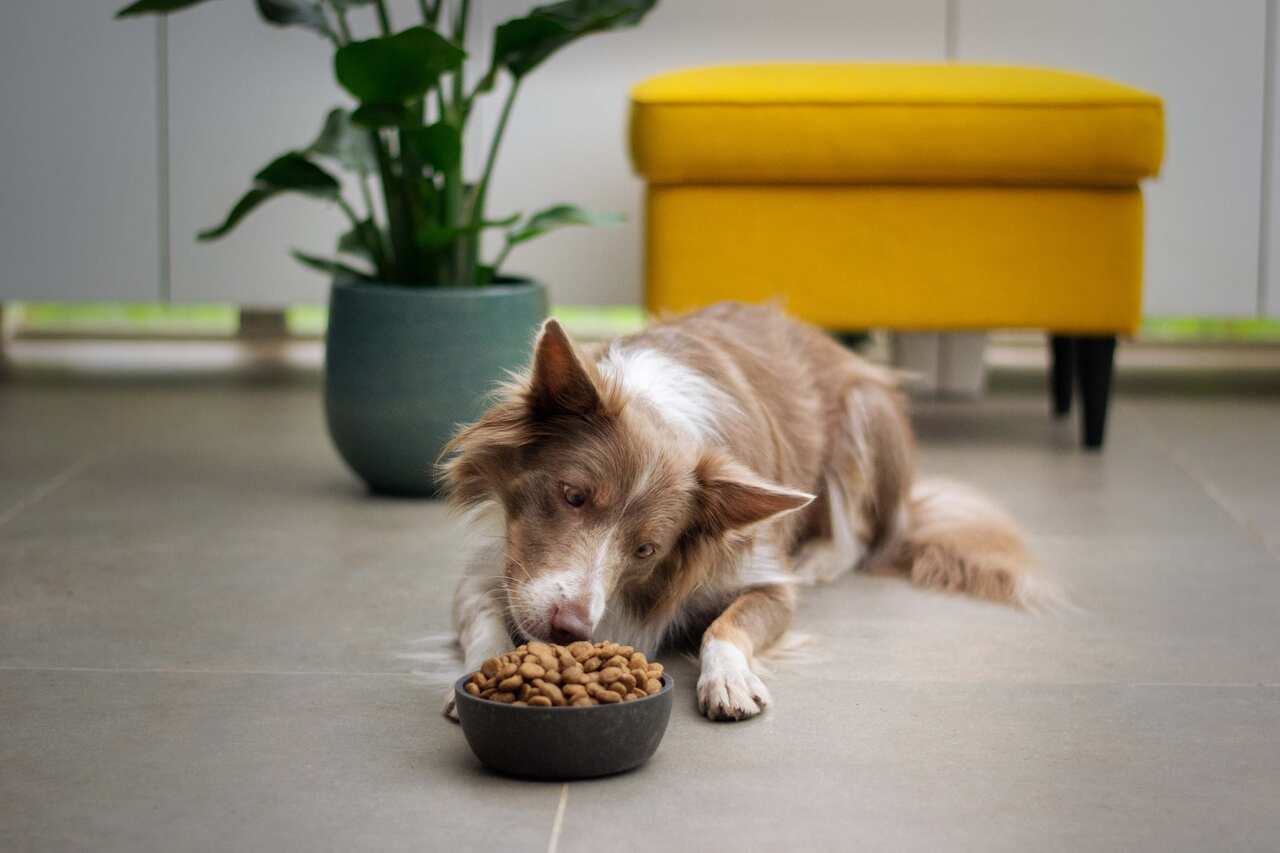
Nutrition is one of the cornerstones of the health and well-being of companion animals. Offering high-quality food to your pet that respects their nutritional needs can prevent diseases and ensure a long and healthy life.
+ World Obesity Day: See the Dangers of Excess Weight in Pets
+ Hilarious Video: Owners Perform Magic Tricks and Drive Dogs and Cats Crazy
+ Hilarious Video: Cat Decides to Play with a Plastic Bag and It Goes Very Wrong
Therefore, it is important for pet owners to seek complete and balanced options, especially because, in general, companion animals have only one source of food.
But, in addition to being careful when choosing the best option, there is another decisive factor in promoting the health and longevity of pets, one that is not always considered by owners: the daily consumption quantity.
“As part of a balanced diet, in addition to providing a complete, balanced, high-quality, and age-appropriate food, offering it in the correct amount is essential. Excessive food can cause an energy imbalance that can lead to diseases related to overweight and even reduce their life expectancy,” explains Gustavo Quirino, a veterinarian who works in the technical training of dog and cat nutrition at Adimax.
Quirino cites a scientific study from the University of Illinois, in collaboration with the Universities of Michigan, Cornell, Philadelphia, and Pennsylvania, which showed that dogs that had a higher incidence of overweight due to a lack of nutritional control during their lives lived 1.5 years less when compared to dogs that received this care. This is because, when calorie intake is controlled, the animal has a lower body fat content, the clinical signs of chronic diseases are delayed, and their average life expectancy increases.
A common consequence of excess food is obesity, which has become the most common metabolic disease in dogs and cats and is primarily caused by the imbalance caused by excessive energy intake from excess food, coupled with low physical activity. Since domesticated animals do not choose what to eat, the one responsible for this imbalance, even involuntarily, is the owner.
It is important to note that not only the main food should be considered when it comes to the recommended quantity but also any other food provided throughout the day. “This includes options specifically for pets, such as sachets and treats, usually given as a treat or reward for obeying a command or good behavior, as well as fruits and vegetables, as long as they are among the options they can eat,” warns the veterinarian.
If the owner has doubts, Quirino explains how simple it is to identify the recommended daily amount according to the size, age, and weight of the animal. He also emphasizes that offering the ideal food for each life stage is crucial since nutritional needs change according to the pet’s profile: “On the food packaging, owners will find guidelines on the daily amount for their pet, which should be divided into two or three meals according to their routine. Additionally, it is also important to follow the consumption guidance provided by the trusted veterinarian.”
It is worth mentioning that physical activity is as important as nutrition in the routine of animals. Daily walks and playtime will contribute to the physical and mental well-being of the pet and make them healthier and happier animals.

